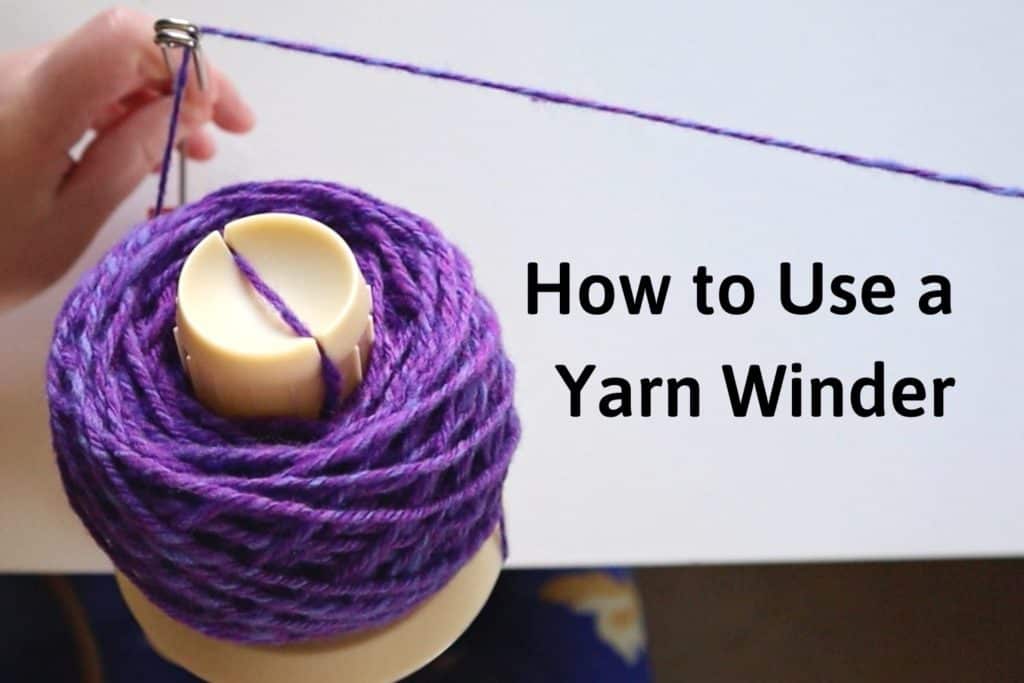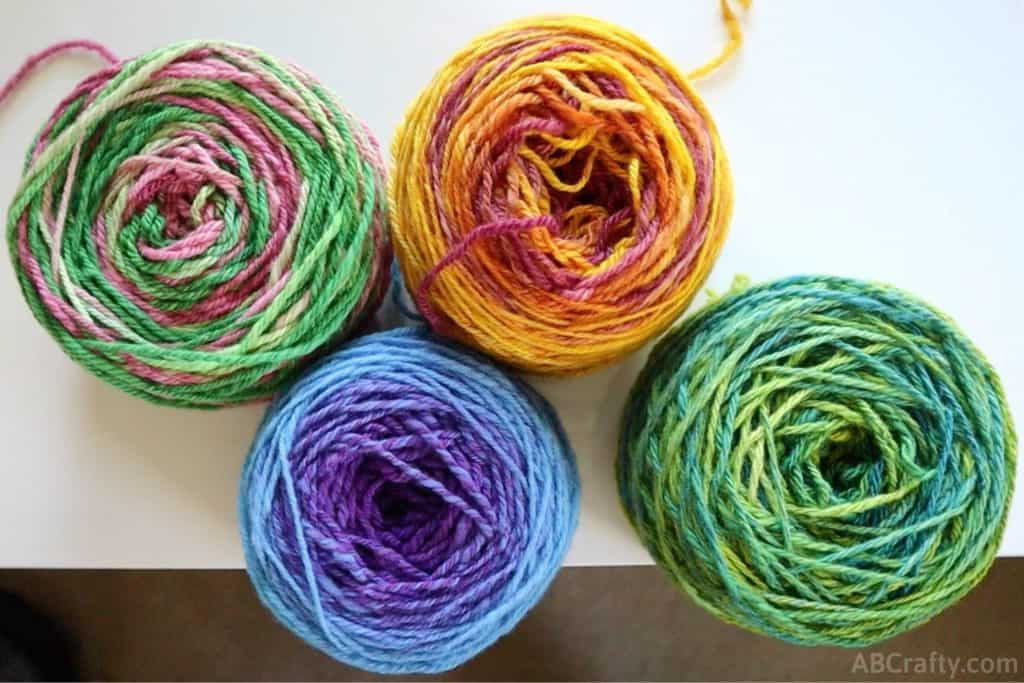Yarn Winder Guide – How to Use and Best Yarn Winders
-
Daniela Kretchmer
- Updated: Feb 21, 2024
- Craft Supplies, Popular Posts, Yarn

Learn how to use a yarn winder to easily make a ball or cake of yarn with two ends (also known as a center pull ball). There’s also a guide to find the best yarn ball winder for your project.
Table of Contents
If you knit, crochet, spin your own yarn (or really do any kind of fiber craft), then chances are you may be interested in a yarn winder. Working with yarn can get a bit tangled sometimes, especially when dealing with two ends. Or sometimes you may only want a small portion of a larger ball of yarn (while traveling, for example).
A winder allows you to take one a hank, skein, cake, or ball of yarn and make it into a tidy ball of yarn with two ends (a center pull ball). I love mine so much I’ve included it in my recommendations for the best knitting and crochet gifts.
You can also use a winder with a yarn swift to make it easier to turn a hank or skein into a ball.
Note: Some links in this post may contain affiliate links, which means at no cost to you, I may earn a commission.
What is a Yarn Winder?
A yarn winder is used to make a “cake” of yarn that can be used from both ends. Some knitting or crochet projects may require to strands of yarn. Instead of buying two sets of yarn for your project, you can use a winder to make a single ball from which you can use two strands.
The balls of yarn that winders make are also nicely wound up so they don’t tangle, which is typically what happens when you try to use a hank or skein from the store.

Which is the Best Yarn Winder?
Surprisingly enough, there are different kinds of ball winders. Factors include the material, durability, and size of the ball of yarn (technically, cake of yarn) you want to make.
Here’s a summary of the best ones to choose from:
- Best Overall: Knit Picks Yarn Ball Winder (Amazon or Knit Picks)
- Best Budget Friendly: 3.5 oz Winder (Amazon)
- Best for Large Amounts of Yarn: Large Stanwood Yarn Winder (Amazon)
- Best Looking: Wooden Electric Winder (Amazon)
- Fanciest: Ashford Ball Winder (Paradise Fibers)
- Bonus: Jumbo Yarn Ball Winder (Amazon)


